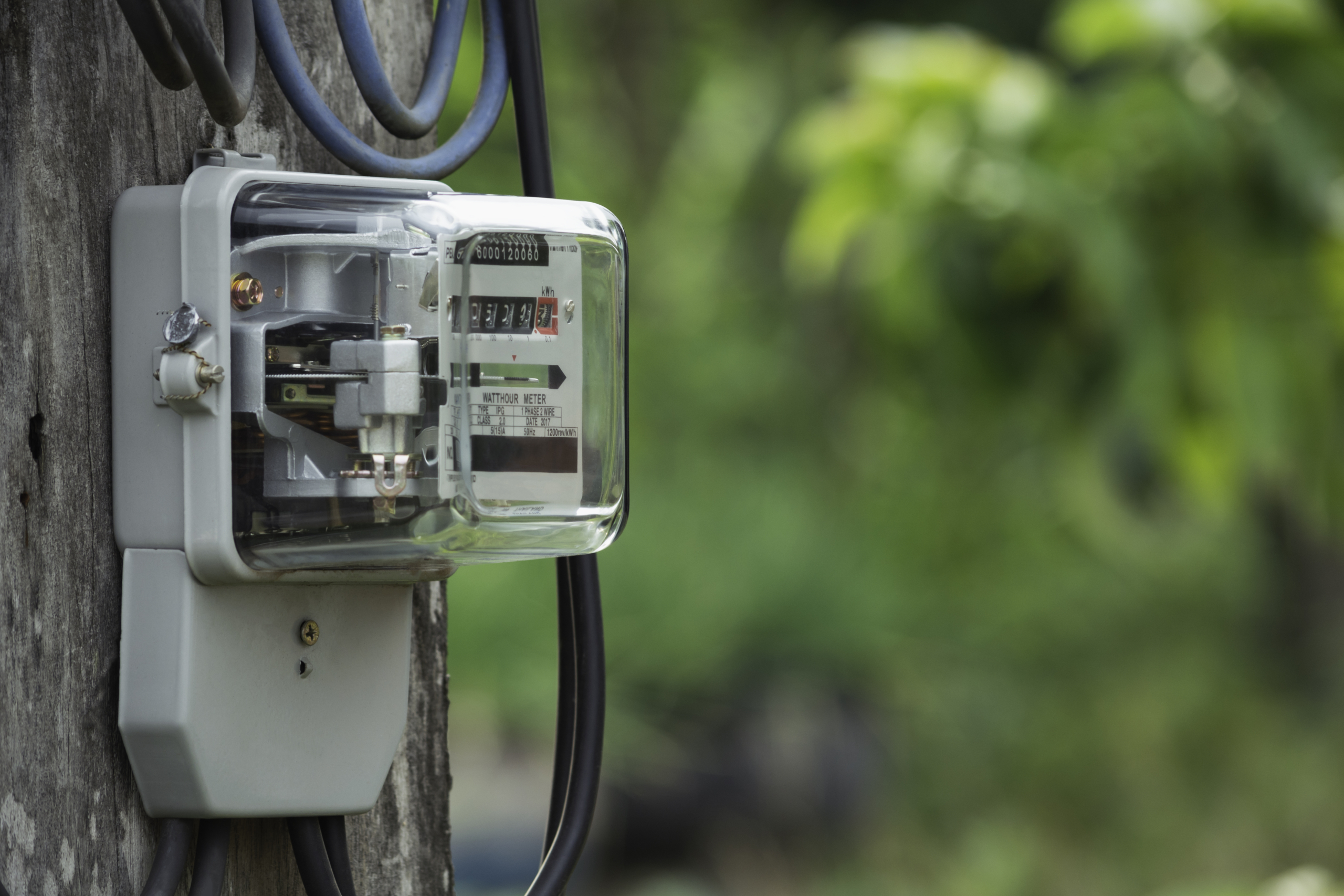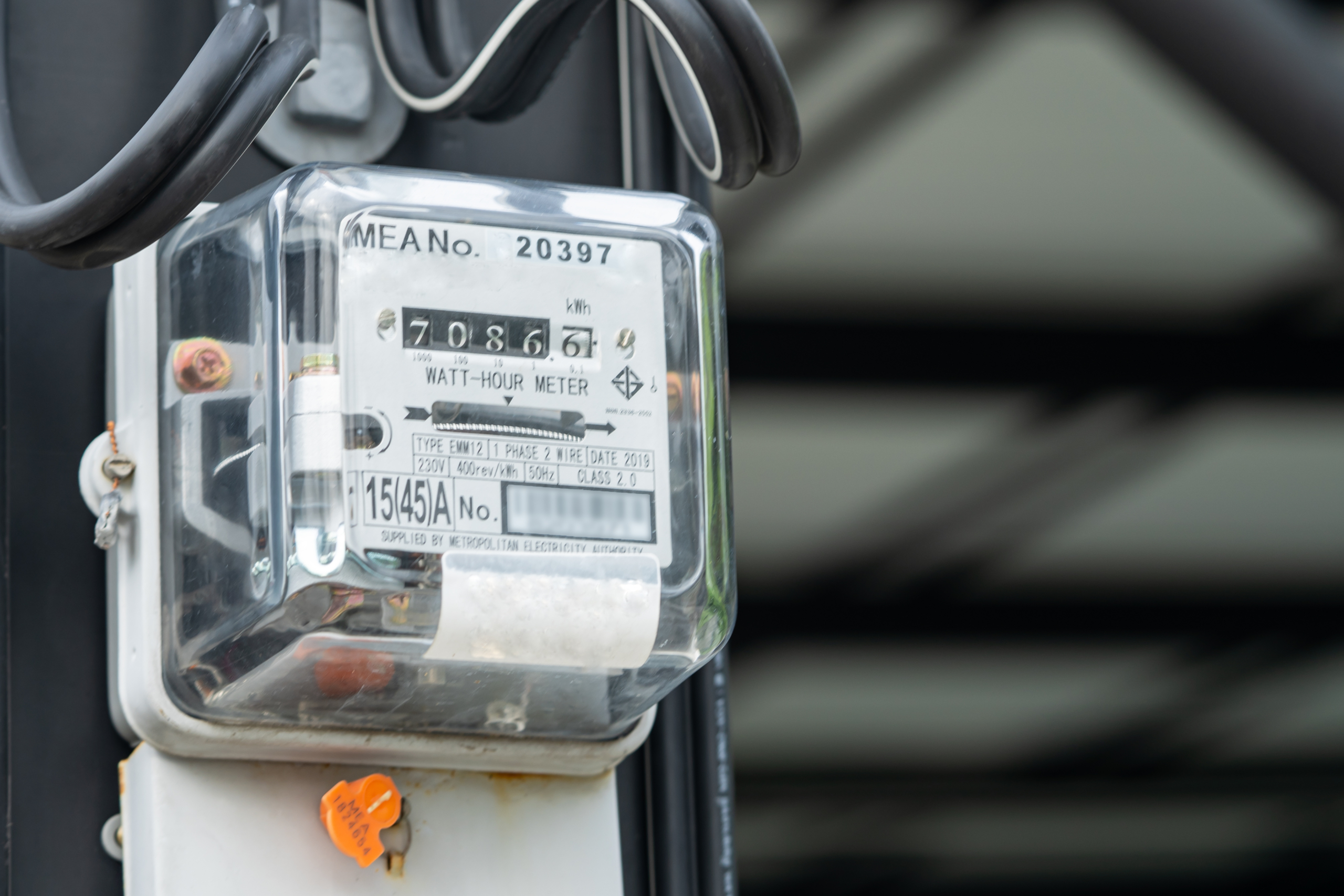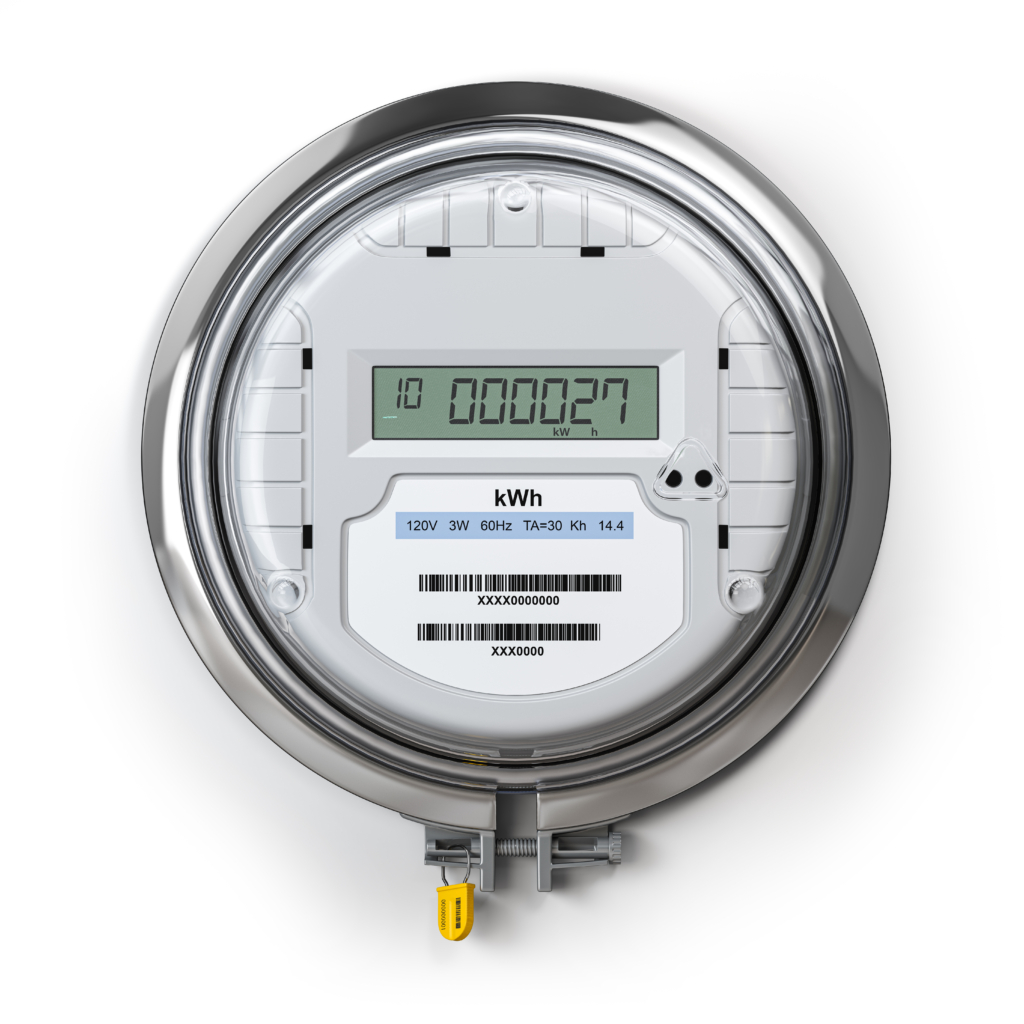Table of Contents
The utility company charges you for the power you use based on the monthly readings of an electric meter that measures the current passing through the service entrance into your electrical service panel. With rising electricity prices, it’s natural for individuals to question whether they are being charged accurately for the power they use. The key to addressing this concern lies in understanding how to read your electric meter. This blog aims to guide you through the process, providing insights into the workings of electrical meters, the various components involved, and practical steps to read both analog and digital meters. Additionally, we’ll explore the importance of regularly reading your meter and shed light on the lifespan of these essential devices.
Understanding the Electric Meter
Your electric meter plays a crucial role in measuring the amount of electricity entering your home. Whether it’s a traditional analog meter or a modern digital one that communicates through internet or radio signals, these devices are fundamental to your utility bill.
The physical structure of an electric meter often includes a cylindrical or boxy shape with a round or square face, respectively. The face contains essential components such as unit dials, a display screen, serial number, and model number. Older meters may feature a horizontal spinning disc.
How to Read an Electric Meter – The Simple Way
Let’s break down how to read your meter without getting too technical. First off, the basic unit for measuring electricity is the watt. Since homes use a ton of watts, we use kilowatts (equal to 1,000 watts) as our standard unit. The meter, though, tracks kilowatt-hours (kWh), which is like 1,000 watts for an hour.
For Analog Meters:
- Stand in front of your meter with a piece of paper and a pencil.
- Draw five circles in a row on the paper to represent the meter’s dials.
- Start with the dial on the right and move left, noting down the numbers in each circle.
- Write these numbers in the standard format – these are your kilowatt-hours used.
- If an arrow is between numbers, pick the smaller one.
- If an arrow points directly at a number, check the dial to the right. If it passed 0, use the number. If not, round down by one.
For Digital Electric Meters:
No circles or arrows to worry about here. Digital meters show your usage directly in kilowatt-hours. Easy, right?
Should You Read Your Own Meter?
Absolutely! Many power companies actually want you to read your meter yourself. It’s not rocket science; if you can find your meter, you can do it. And if reaching your meter is a challenge, just give your power company a call for assistance.
Closing Thoughts
Understanding your electric meter doesn’t have to be confusing. By following these simple steps, you can take control of your energy usage and ensure accurate billing. So, the next time you see that little box on the side of your house, you’ll know exactly what’s going on – and maybe even impress your friends with your newfound meter-reading skills!
Frequently Asked Questions (FAQs)
- How Often Should You Read Your Meter?
Once a month is the sweet spot. If you don’t have a smart meter, your power company might ask you for a reading a few days before your bill is due. They’ll usually remind you – especially if you have an online account or app.
- What’s Inside Your Electric Meter?
Your electric meter isn’t just a box; it’s got some important parts. There’s a current transformer, processor, power converter, modem, internal battery, operator interface, hall effect sensor, and a cover tamper switch – all working together to make sure your billing is accurate.
- How Long Do Electric Meters Last?
These things have a lifespan. Induction meters usually last around 10 years, while static meters can go up to 20 years. Gas meters hang around for 10 to 25 years, and water meters typically last 15 to 20 years.
- How many kw can a house use?
On average, a smaller home using about 970 kWh a year might have alternative energy sources. In comparison, a larger home of around 150 square meters using electricity for heating and hot water might use roughly 23,500 kWh per year.








